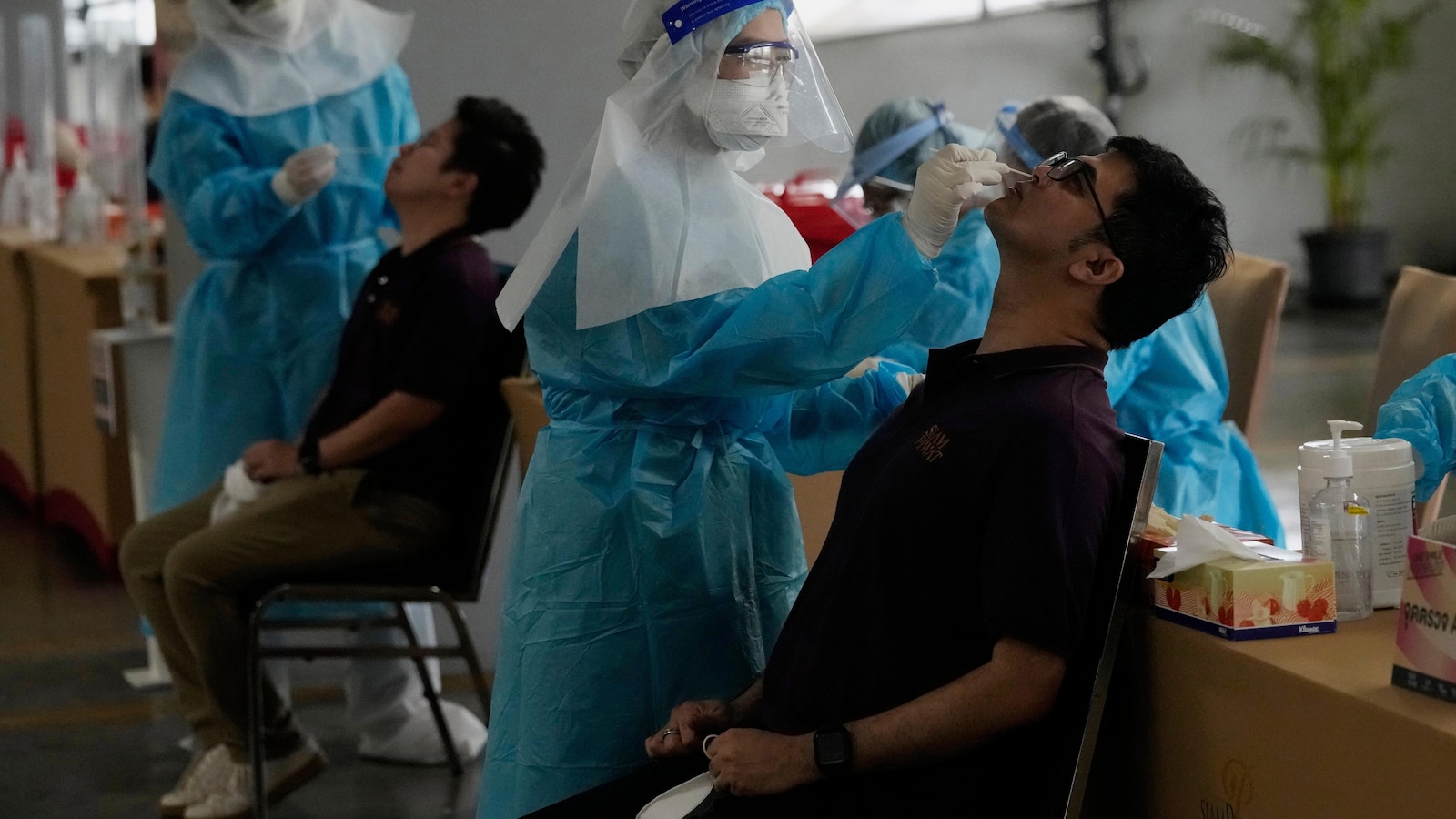
Get ready for a meteor shower doubleheader.
The Southern Delta Aquariid meteor shower peaks in late July. And this year, it will coincide with a second smaller meteor shower, the Alpha Capricornids.
The Delta Aquariids occur every year in North America’s late summer. This year’s peak activity happens early Tuesday morning, with an expected 15 to 20 meteors visible per hour in the Northern Hemisphere, under dark skies. Viewing should be even better in the Southern Hemisphere. The shower lasts through August 21, according to the American Meteor Society.
Around the same time, the Alpha Capricornid meteor shower should produce around five meteors per hour and lasts through August 15.
Here’s what to know about the Delta Aquariids and other meteor showers.
Multiple meteor showers occur annually and you don’t need special equipment to see them.
Most meteor showers originate from the debris of comets. The source of the Delta Aquariids is thought to be from the comet 96P/Machholz. The Alpha Capricornids originate from the comet 169P/NEAT.
When rocks from space enter Earth’s atmosphere, the resistance from the air makes them very hot. This causes the air to glow around them and briefly leaves a fiery tail behind them — the end of a “shooting star.”
The glowing pockets of air around fast-moving space rocks, ranging from the size of a dust particle to a boulder, may be visible in the night sky.
These two meteor showers are not high volume, but the Alpha Capricornids often produces very bright meteors, said University of Warwick astronomer Don Pollacco.
For skygazers, “one bright one is worth 20 faint ones,” he said.
Meteor showers are usually most visible between midnight and predawn hours.
It’s easier to see shooting stars under dark skies, away from city lights. Meteor showers also appear brightest on cloudless nights when the moon wanes smallest.
And your eyes will better adapted to seeing meteors if you aren’t checking your phone. “It ruins your night vision,” said NASA’s Bill Cooke.
The Southern Hemisphere will have the best view of Delta Aquariids. Coinciding with a waning moon around 30% full means the clearest viewing will happen after midnight.
The meteor society keeps an updated list of upcoming large meteor showers, including the peak viewing days and moonlight conditions.
The next major meteor shower will be the Perseids, peaking in mid-August.
___
The Associated Press Health and Science Department receives support from the Howard Hughes Medical Institute’s Science and Educational Media Group. The AP is solely responsible for all content.
Late July is set to be an exciting time for stargazers and astronomy enthusiasts as two simultaneous meteor showers are expected to light up the night sky. The Delta Aquariids and the Alpha Capricornids meteor showers will peak around the same time, providing a spectacular display of shooting stars.
The Delta Aquariids meteor shower is an annual event that occurs from mid-July to mid-August, with its peak usually falling around July 28th and 29th. This meteor shower is caused by debris left behind by the comet 96P/Machholz, which orbits the sun every five years. The Delta Aquariids are known for producing bright, long-lasting meteors that streak across the sky at a rapid pace.
The Alpha Capricornids meteor shower, on the other hand, is a lesser-known event that occurs from mid-July to mid-August, with its peak falling around July 29th and 30th. This meteor shower is caused by debris left behind by the comet 169P/NEAT, which orbits the sun every five years. The Alpha Capricornids are known for producing bright fireballs that leave long-lasting trails in the sky.
Both meteor showers will be visible in the Southern Hemisphere, but observers in the Northern Hemisphere will also be able to catch a glimpse of the shooting stars. To best view the meteor showers, it is recommended to find a dark, open area away from city lights and to give your eyes time to adjust to the darkness. It is also advisable to bring a blanket or chair to sit on and to dress warmly as temperatures can drop at night.
Meteor showers are a natural phenomenon that occur when Earth passes through the debris left behind by comets or asteroids. As these particles enter Earth’s atmosphere, they burn up and create bright streaks of light in the sky. Meteor showers are named after the constellation from which they appear to originate, in this case, Aquarius and Capricornus.
So mark your calendars for late July and get ready to witness a dazzling display of shooting stars as the Delta Aquariids and Alpha Capricornids meteor showers light up the night sky. It’s sure to be a sight you won’t want to miss!


